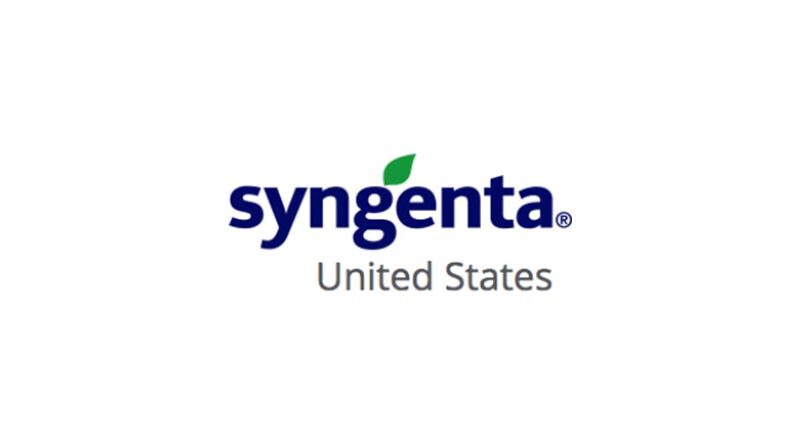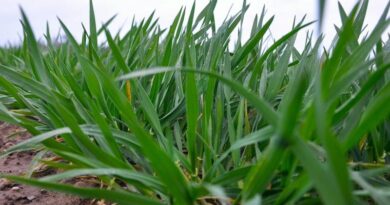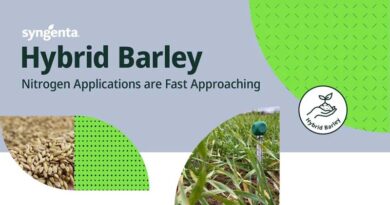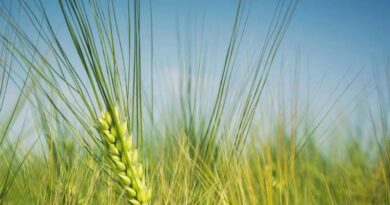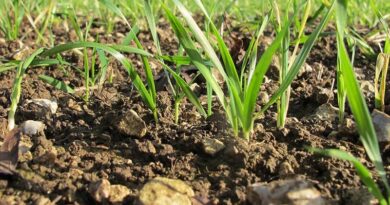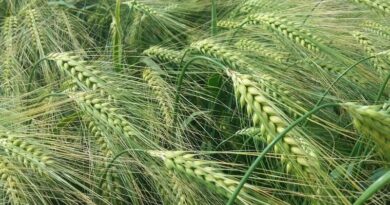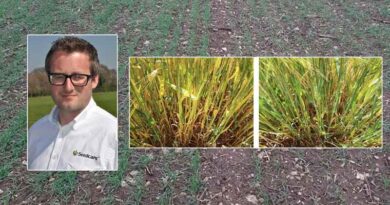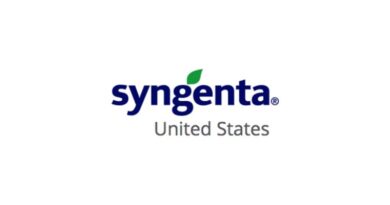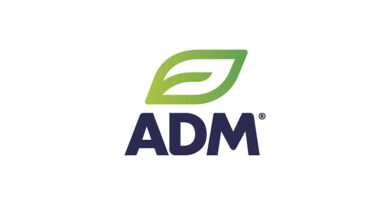Soil temperature key for early nitrogen application success
17 February 2021, UK: Monitor this year’s slow-to-climb soil temperatures regularly, in order to time fertiliser applications for best results, winter cereal growers are being urged – especially in barley.
According to Yara agronomy manager, Mark Tucker, provided conditions are suitable, nitrogen application should coincide with the onset of spring root growth – which happens once root zone temperatures reach 4.5 to 5.0 degrees C – so that it is available for immediate uptake rather than sitting unused in the soil.
Also Read: Growers undercover investigations for spring crop establishment
This makes sense financially and environmentally, he says, but soils this year have been tracking 0.5 degree C colder than last year – not helped by over-winter waterlogging and recent Arctic conditions – so regular monitoring is key.
“Track your rising temperature proactively,” advises Mr Tucker. “Look at soil temperatures 5-10 cm deep because that’s where a lot of root activity is going to happen.
“Soil temperature across the country varies, but is generally at its lowest in early January then starts climbing. It can be getting to 4 degrees C by the end of February in an average situation. Once growth starts, we want to keep that momentum,” he stresses.
Although temperature monitoring is used commonly for grassland fertiliser applications, Mr Tucker sees scope for greater use in cereals. Accurately-timed early nitrogen is particularly important in barley, he says, to sustain the optimum number of ear-bearing tillers, which sets barley’s yield potential. It is particularly important in hybrid barley because it is sown at a lower seed rate, he notes.
Paul Roche, technical manager for hybrid barley breeder, Syngenta, agrees and says hybrid barley’s vigorous spring growth responds well to a first nitrogen application at about mid-tillering (GS25).
“This early application allows the already-robust root system to scavenge for nitrogen and other nutrients to really give the crop that early boost,” explains Mr Roche. “Fuelling hybrid barley’s early-season growth in this way also drives its suppression of grassweeds, such as black-grass, ryegrass and brome.
“We’ve already started to check soil temperatures at our trials sites so we can get going just as soon as fields dry out and soil temperatures get in the zone.”
Provided conditions are suitable, for example by avoiding applications on soils that are covered in snow, frozen or waterlogged, Mr Roche says current Syngenta hybrid barley guidance is to apply 30% of the season’s total nitrogen dose at about GS25, followed by 50% at or just before GS31, and the final 20% two to three weeks after the second application, typically by the end of April.
To reduce workloads at the time of the final application, or to boost thin crops such as any recovering from waterlogged soils, he says an alternative programme of 50% at GS25 and 50% at or just before GS31 is another option.
According to Mark Tucker, waterlogging will also have caused soil nitrogen levels to decline. “As soon as we see waterlogging going, so that oxygen is available, that’s normally when we expect to see those first roots appearing,” Mr Tucker concludes.

